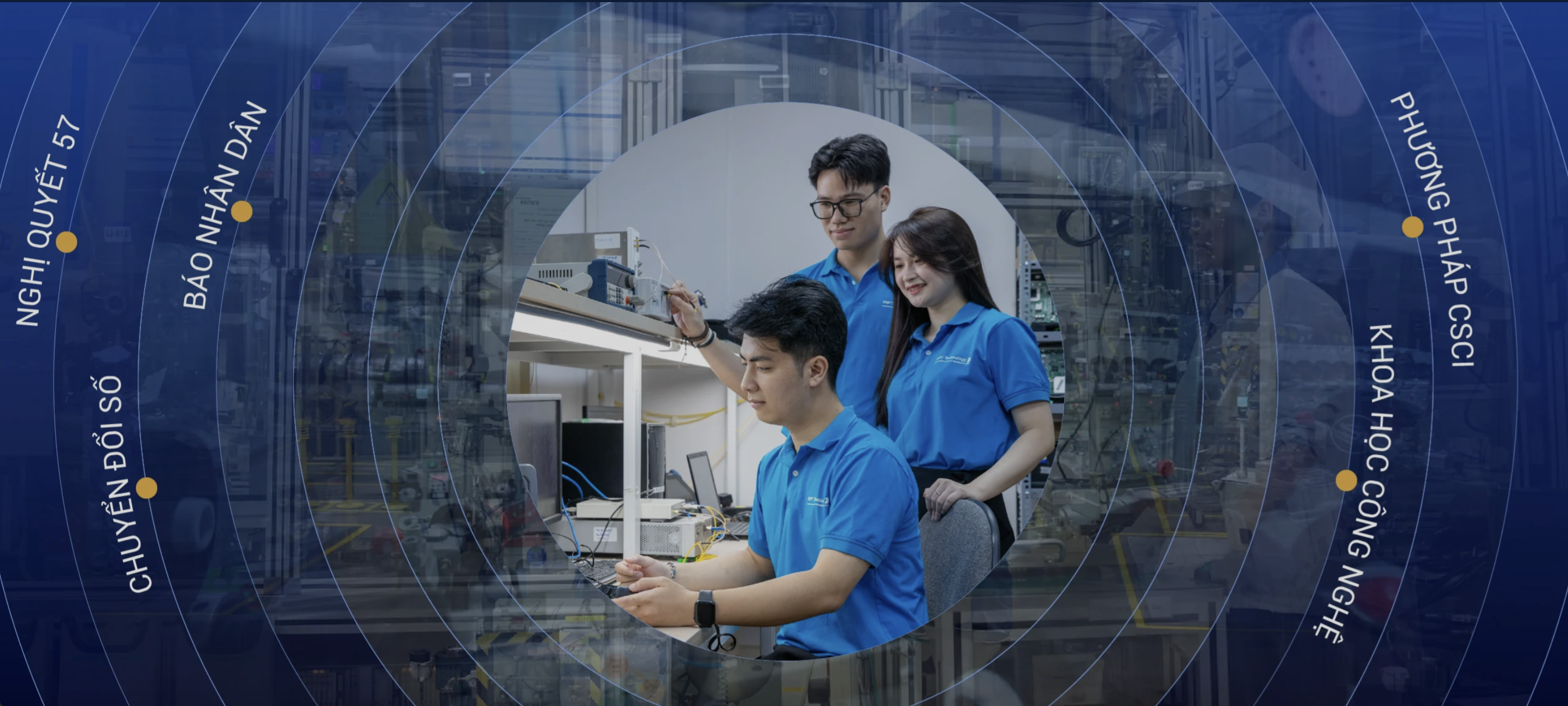
Digital Age and Resolution 57: A Strategic Map for Vietnam to Reach the World
- INTRODUCTION
Over the past decade, the world has witnessed a strong digital transformation (DTS), leading to breakthrough developments in science, technology and innovation (STEM) and achievements of the digital revolution. Achievements in Big Data technology, artificial intelligence (AI), Internet of Things (IoT) have not only reshaped the socio -economic structure, but also had a profound impact on public administration models and business operations. This requires each country, including Vietnam, to establish effective strategies to seize development opportunities.
As those who are directly involved in and deeply interested in the fields of technology, governance and public policy, we see Resolution No. 57-NQ/TW (December 22, 2024) (hereinafter referred to as Resolution 57) of the Politburo as an important turning point. The Resolution aims to make breakthroughs in the development of science, technology, innovation and national digital transformation, while setting specific goals for 2030 and a vision for 2045. In the spirit of the Resolution, science - technology - innovation and digital transformation are considered the "backbone" of the modernization process, contributing to the realization of the aspiration of making Vietnam a developed, high-income country.
Resolution 57 emphasizes:
- Developing science, technology, innovation and digital transformation are “top important breakthroughs”, promoting labor productivity, contributing at least 55% of GDP through total factor productivity (TFP).
- By 2045, Vietnam aims to "become one of the digital technology industrial centers of the region", with digital competitiveness among the world's leading.
Digital transformation has been properly recognized in its nature, position and role as General Secretary To Lam affirmed in his speech on September 2, 2024 as “a new development method – a digital development method”. Digital transformation, therefore, is not an ICT technology project, nor is it just the application of digital technology. As a new development method, the digital transformation process requires a complex thinking platform along with a fundamental theoretical system to create a superstructure, suitable for new production relations and new productive forces.
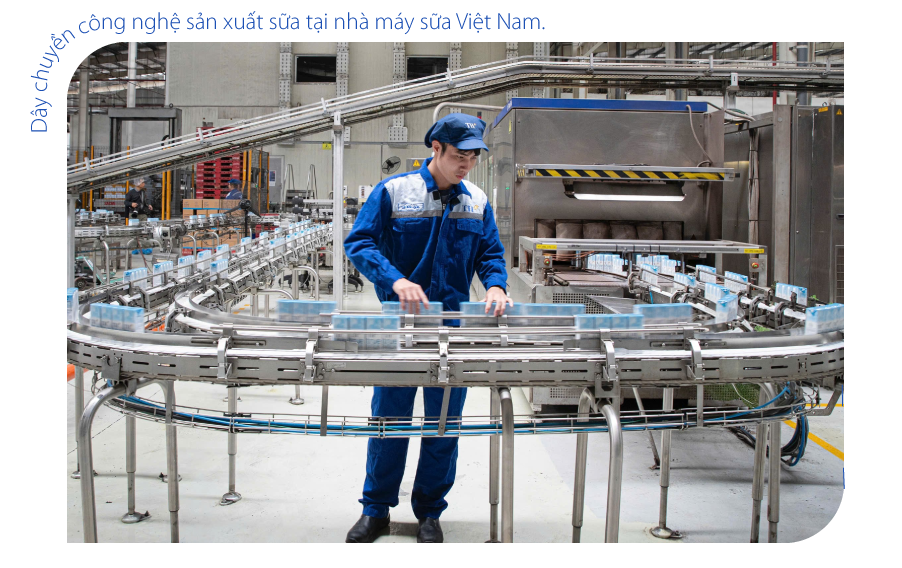
Practice has shown that for Resolution 57 to be effectively implemented, an overall architecture is needed to plan the overall implementation process, along with a synchronous coordination mechanism for implementation and a common language for effective resonance. The CSCI Way (Complex of Strategy, Communications and Investment Way) is a complex thinking platform that can create standardization, helping to form an overall architecture for Resolution 57 in organizing and implementing systematically, allowing the formation of a platform mechanism to create synchronization, at the same time, for stakeholders to act together, think together, and also allow the formation of a common language based on the data platform architecture through data to form a unified decision-making mechanism based on a "common language", creating effective resonance of projects and activities.
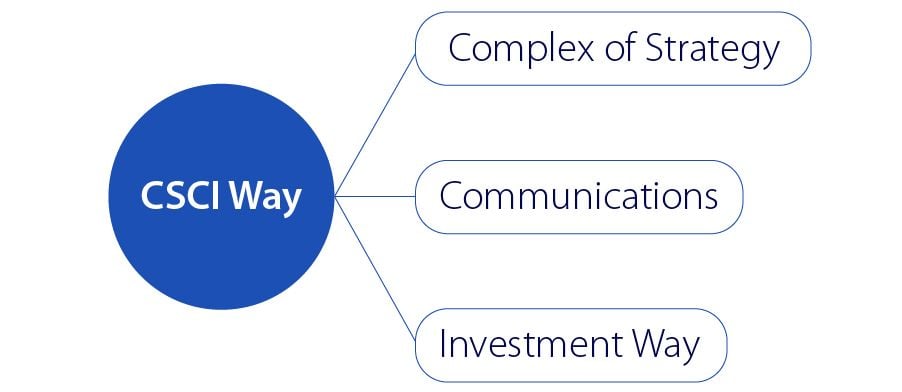
To contribute to effectively, efficiently and quickly implementing Resolution 57, we, through the CSCI Way, suggest approaches and implementation directions in the digital transformation process of Vietnam. Based on the proposals, analysis and assessments, along with the integrated evidence and practical examples, readers will have a clearer view of the digital transformation process associated with innovation, as well as ways to gradually realize the vision of "a strong Vietnam" by 2045. First of all, let's review the core points of Resolution 57 - making science and technology a truly fundamental driving force for development and creating technological breakthroughs through the digital transformation process in the coming decades.
- OVERVIEW OF RESOLUTION 57-NQ/TW
Resolution No. 57-NQ/TW was issued on December 22, 2024 in the context of the world continuing to shift strongly to the digital age, in which science and technology play a fundamental and driving role, innovation becomes the driving pillar and the digital transformation process is creating breakthrough changes and shaping the development of a future society. In the XIII Congress Document, the Socio-Economic Development Strategy 2021 - 2030 also clearly affirmed that science and technology, innovation and digital transformation are three important pillars for Vietnam's development.
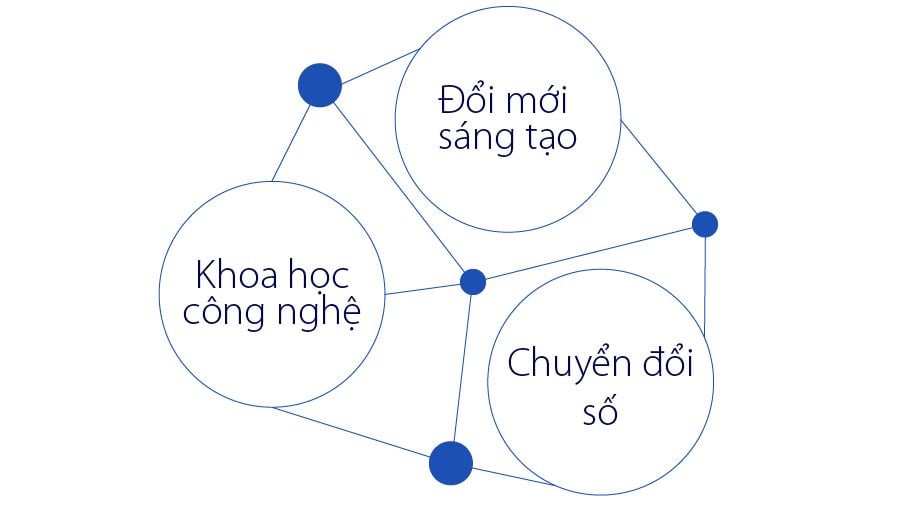
Realizing that the current period until 2030 is a period of major changes in the global political-economic order, shaping a new global order, in which the new global financial order is the center of the century-long transformation of the world in the first decades of the 21st century, and at the same time, Vietnam also has "unprecedented" opportunities to seize the opportunity to "rise" to become an upper-middle-income country by 2045, Vietnam needs to master the digital transformation process based on the development of science-technology and innovation.
To master the digital transformation process, there must be political determination for Vietnam to make the digital transformation process truly a new development method for itself, creating a breakthrough in the way of development, shifting the growth/development model from breadth to depth. This new development method will create breakthroughs in value to create a productivity breakthrough, the only way to overcome the middle-income trap and allow Vietnam to have the opportunity to grow by over 10% in the coming years.
Through the expectations set forth by Resolution 57, we will have the basis to form a digital economy based on the transformation of traditional production relations with traditional organizational forms, into a new production relationship combining/complexing traditional and digital, in which digital is a new reality, allowing for the expansion of space-time, while creating new productive forces based on sharing and convergence, allowing for effective matching of natural and social resources, forming new resources.
In essence, we can clearly see that administrative reform and institutional reform are important foundations that the public service system and the political system need to implement to transform into necessary conditions, allowing the economy to transform as sufficient conditions, contributing to creating growth breakthroughs. The digital transformation process, as a development method, is also a form of economic-political. Accordingly, politics sets the premise for economic development, in a close dialectical relationship between the two sides of the "development coin".
Administrative reform and institutional reform are important foundations to transform into necessary conditions, allowing the economy to transform as sufficient conditions.
It is also clear that, after being called a new development method, the digital transformation process has been promoted along with the shaping of Vietnam's "era of rising up" in the next two decades, along with a "fast-smooth-effective" streamlining revolution of the political apparatus, civil service, and mass organizations, from central to local levels. These are the important political foundations for the premises of new economic development, which the new production method requires.
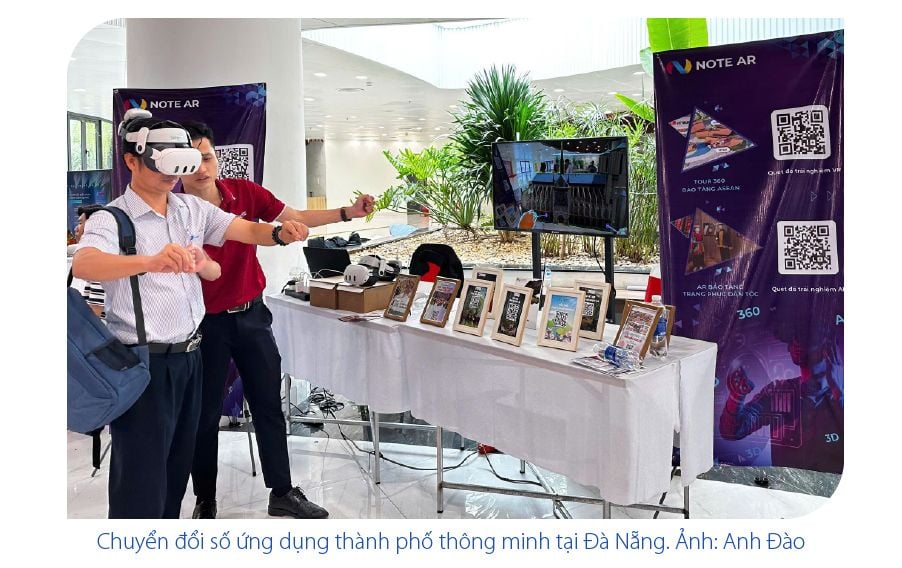
Resolution 57 sets a target that by 2030, Vietnam will be among the top three countries in Southeast Asia in terms of innovation, while the digital economy will account for at least 30% of GDP. Total factor productivity (TFP) needs to contribute over 55% to economic growth, while the science and technology system must reach advanced levels in many important areas (Ministry of Information and Communications, 2023). The Resolution's 2045 vision is even more ambitious, aiming to turn Vietnam into a developed, high-income country, possessing global digital technology enterprises and acting as a regional digital technology industry hub.
To realize these goals, Resolution 57 clearly states many key actions, notably the requirement to perfect institutions to create an open legal environment, consistent with the "constantly changing" nature of technology (Prime Minister, 2021). Regarding infrastructure, promoting investment in new generation telecommunications networks (5G/6G), data centers and cloud computing is considered a prerequisite. Along with that, building high-quality human resources in the fields of AI, Big Data, semiconductor technology, clean energy, etc. is a long-term task. The "open door" perspective and strengthening international cooperation are also emphasized, through calling on private enterprises and foreign technology corporations to deeply participate in R&D activities in Vietnam, combining ordering mechanisms or public-private partnerships (PPP) to optimize resources (Government Cipher Committee, 2022).
However, the implementation process is still facing many challenges. First of all, social awareness of the digital transformation and innovation process is still limited and uneven, lacking long-term thinking. On the other hand, current institutions have not kept up with the explosion of new technology models, causing many businesses to "hesitate" when testing or bringing products to market. On the other hand, the shortage of high-quality human resources, especially human resources ready to take on the role of "chief architect" leading strategic projects, also slows down the growth rate of the digital economy (World Bank, 2023). The development of digital infrastructure is still not synchronous in many localities, leading to a gap between regions.
These urgent requirements require an interdisciplinary, multidimensional approach, where subjects from the central to local levels, from the public to the private sector can “speak a common language”, share benefits and resonate effectively in the digital ecosystem. To do this, we need to transform the organizational form of organizations, communities, and societies from traditional hierarchical models to a heteroarchitecture model with the platform as the dominant architecture in a network society. Each organization, each locality, each region... becomes a system in a system and is connected to each other as systems of systems, weaving into networks of thinking, acting, and having consequences.
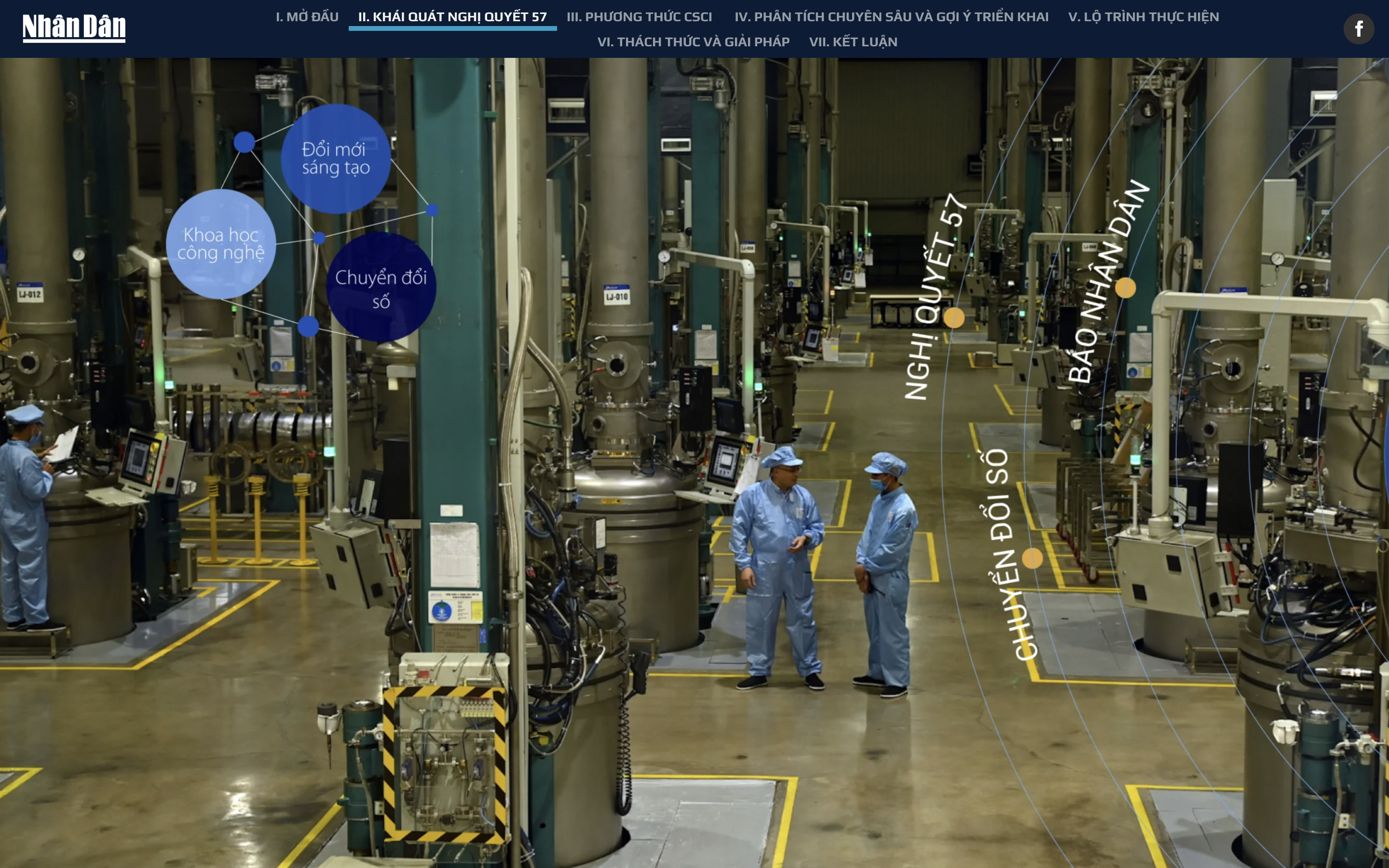
III. RESOLUTION 57 ANALYSIS BY CSCI METHOD
In his speech on January 9, 2025 in Ho Chi Minh City, General Secretary To Lam emphasized: “The risk of falling behind and the middle-income trap is always lurking if we cannot find a new path and new steps”. “There are two key points to successfully implementing the Party's major policies, one is awareness and political will. Currently, the Party Central Committee has reached a consensus, the political system has been thoroughly grasped, determined to implement and has received high consensus and support from the people. The second is to consider science and technology as a breakthrough with Resolution 57.” This clearly shows the significance and role of Resolution 57 in the country's development as a "breakthrough" to overcome the middle-income trap and falling behind.
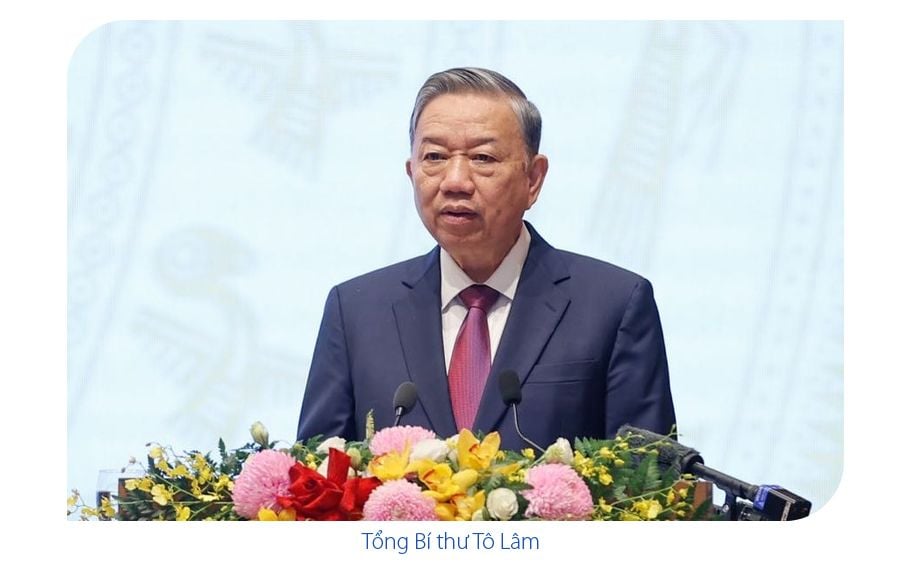
“ The risk of falling behind and the middle-income trap is always lurking if we cannot find a new path and new steps.”
General Secretary To Lam
Within the scope of this article, the CSCI Method will analyze Resolution 57 according to a roadmap of steps for organizing the implementation of the Resolution with questions and instructions for answering from the content of the resolution. With this method, it will bring direct usefulness and an easier visualization of the CSCI Method approach.
Step 1: What is the most important value statement or focus or significance that Resolution 57 sets out?
According to the Resolution: “Developing science, technology, innovation and digital transformation are decisive factors for the development of countries; are the prerequisites and the best opportunities for our country to develop richly and powerfully in the new era - the era of national development.”
Thus, it can be clearly seen that the value or focus of Resolution 57 is “development”. This development is based on three pillars: i) science and technology; ii) innovation; and iii) digital transformation process. Science and technology play a fundamental role, through the innovation process, making scientific and technological achievements valuable and useful by effectively applying them to the digital transformation process to achieve development values.
Based on the socio-economic development strategy of each industry and locality, based on Resolution 03-NQ/CP dated January 9, 2025 on the Government's Action Program to implement Resolution No. 57, we will choose the appropriate value statement.
Step 2: What are the important pillars that we must rely on when implementing Resolution 57?
Based on the Resolution, according to the CSCI Method, we can propose 6 important pillars:
+ The most important thing is to quickly develop modern productive forces, perfect production relations, innovate national governance through science and technology; innovation; and national digital transformation.
+ The main thinking is to develop the economy and society, prevent the risk of falling behind, bring the country to breakthrough development, become rich and strong in the new era, under the leadership of the Party, mobilize the strength of the whole society, is a profound and comprehensive revolution in all fields.
+ The action orientation is to be implemented resolutely, persistently, synchronously, consistently, and long-term with breakthrough and revolutionary solutions. People and businesses are the center, the main subject, resource, and driving force; scientists are the key factor; the State plays a leading, promoting, and facilitating role for the development of science, technology, innovation, and national digital transformation. Institutions, human resources, infrastructure, data, and strategic technology are the core and central contents, in which institutions are the prerequisite, need to be perfected and go one step ahead.
+ The goal is to develop infrastructure, especially digital infrastructure and digital technology on the principle of "modernity, synchronization, security, safety, efficiency, and avoiding waste"; enrich and exploit the maximum potential of data, turn data into the main means of production, promote the rapid development of big databases, data industry, and data economy. Develop quickly and sustainably, gradually become self-sufficient in technology, especially strategic technology.
+ The main focus is to prioritize national resources for investment in science, technology, innovation and digital transformation. Maximize Vietnam's potential and intelligence by quickly absorbing, mastering and applying the world's advanced scientific and technological achievements; promote applied research, focus on basic research, move towards autonomy and technological competitiveness in a number of areas where Vietnam has demand, potential and advantages.
+ With the strategic orientation of Ensuring national sovereignty in cyberspace; ensuring network security, data security, and information security of organizations and individuals is a continuous and inseparable requirement in the process of developing science, technology, innovation, and national digital transformation.
These six pillars help us identify the tasks that need to be done, and from there, set goals and solutions to achieve those goals.
Based on the socio-economic development strategy of each sector and each locality, based on Resolution 03-NQ/CP dated January 9, 2025 on the Government's Action Program to implement Resolution No. 57, we will choose appropriate tasks and ways to implement the tasks.
Step 3: How to organize and implement in a unified and synchronous manner?
Based on the Resolution, according to the CSCI Method, we will shape an organizational orientation system including 8 contents, with tasks and oriented solutions:
+ Vision orientation : Potential, level of science, technology and innovation reaching advanced levels in many important fields, among the leading group in upper middle-income countries; level, capacity of technology and innovation of enterprises reaching above the world average.
+ Orientation method : Science, technology, innovation and digital transformation develop steadily, contributing to making Vietnam a developed country with high income. Vietnam has a digital economy scale reaching at least 50% of GDP; is one of the digital technology industrial centers of the region and the world;
+ Mechanism orientation : Raising awareness, making breakthroughs in innovative thinking, determining strong political determination, resolutely leading and directing, creating new momentum and new spirit in the whole society in developing science, technology, innovation and national digital transformation.
+ Motivation orientation : Urgently and resolutely perfect institutions; eliminate all ideas, concepts, and barriers that are hindering development; turn institutions into a competitive advantage in developing science, technology, innovation, and digital transformation.
+ Position orientation : Promote digital transformation, application of science, technology, innovation in the operations of agencies in the political system; improve national governance efficiency, state management effectiveness in all fields, ensure national defense and security.
+ Process orientation : Increase investment, improve infrastructure for science, technology, innovation and national digital transformation. Develop and promote high-quality human resources and talents to meet the requirements of science, technology, innovation and national digital transformation development.
+ Development orientation : Science, technology, innovation and digital transformation develop steadily, contributing to making Vietnam a developed, high-income country.
+ Cooperation orientation : Strengthen international cooperation in science, technology development, innovation and digital transformation.
Based on this Orientation System together with the socio-economic development strategy of each sector and each locality, based on Resolution 03-NQ/CP dated January 9, 2025 on the Government's Action Program to implement Resolution No. 57, we will choose the appropriate implementation method.
Step 4: How to specifically implement a project, an activity, a specific goal to ensure standardization, systematicity, synchronization and effective resonance between projects, activities, and goals?
It can be visualized specifically through a task of "Developing a plan to implement the Government's Action Program" according to Appendix II of Resolution 03-NQ/CP dated January 9, 2025 that ministries, branches and localities must carry out together. If each place thinks differently and does things differently, it will lead to difficult coordination, lack of system, lack of synchronization and effective resonance. To contribute to solving this problem, the CSCI method offers a standard framework including 12 contents, ministries, branches and localities agree to "fill in" these 12 contents and adjust them to be compatible with each other:
+ What is implementation thinking?
+ How are resources mobilized and coordinated?
+ How is coordination between stakeholders organized?
+ How are databases and bases used?
+ How is the process and organization implemented?
+ What are the assessment, measurement and analysis frameworks?
+ What is the focus of the mission?
+ Necessary and sufficient conditions for implementation?
+ What are the motivations and benefits to be mobilized and achieved?
+ How is the communication work?
+ How should leadership work be done?
+ What principles should be followed?
Based on the socio-economic development strategy of each sector and locality, based on Resolution 03-NQ/CP dated January 9, 2025 on the Government's Action Program to implement Resolution No. 57, each ministry, sector and locality will have specific solutions to suit, but will easily unify and coordinate with each other.
This is a demonstration of the CSCI Method for a specific case, helping readers visualize the meaning, role and value of this Method in forming a systematic, complex and comprehensive way of thinking.
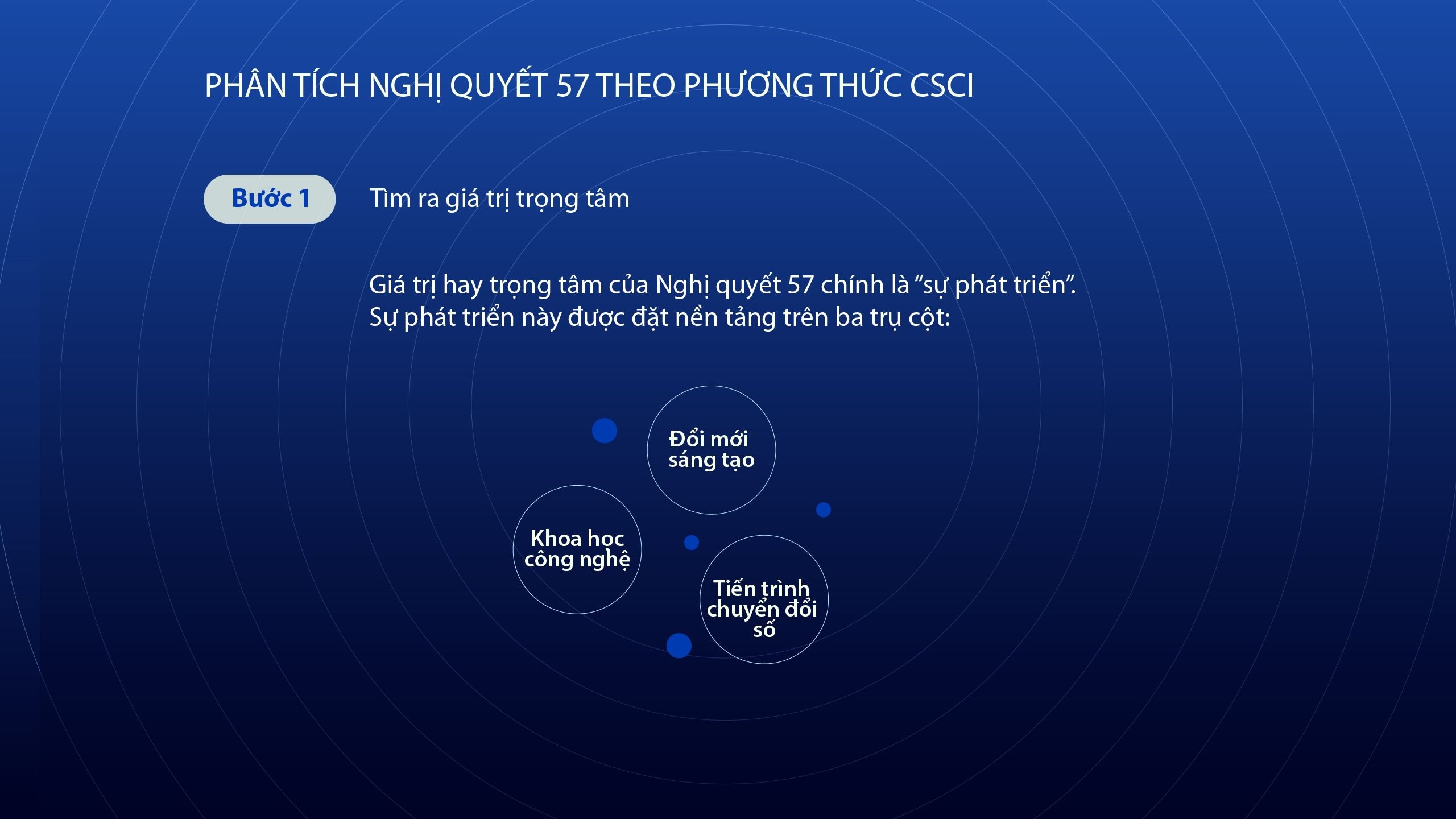
- DEEP ANALYSIS AND IMPLEMENTATION SUGGESTIONS
- Select strategy & priority spearheads (AI, Big Data, semiconductors…)
Resolution 57-NQ/TW clearly defines the mastery of a number of strategic technologies, especially AI, Big Data, semiconductor technology, clean energy, etc., to narrow the gap with developed countries. The goal is that by 2030, Vietnam will be in the top 3 in Southeast Asia in AI research and development, and at the same time have the potential to export high-tech products. From the perspective of the CSCI Method, identifying technological spearheads should be based on a "common language" between state management agencies, enterprises and society. Specifically, management agencies need to prioritize building a legal corridor, creating an environment for enterprises to experiment (sandbox). Enterprises, especially technology companies and startups, need to clearly identify competitive advantages and focus resources on the most potential areas. On the social side, raise awareness to "accept controlled risks," and be ready to accompany the process of experimentation and innovation. This unity will help optimize resources, avoid duplication or dispersion, and contribute to thoroughly implementing the "strategic tasks" stated in Resolution 57.
- Building digital infrastructure according to “platform” logic
Digital infrastructure is one of the important highlights mentioned in Resolution 57, with the requirement to accelerate the deployment of 5G network nationwide, build international standard data centers and develop infrastructure for cloud computing (World Bank, 2023). According to CSCI Way, digital infrastructure needs to be designed according to a concentric “platform” model, in which there is a “root nucleus” – usually a core database and centralized management system – as the foundation for all applications, services and extension modules. When an organization (or country) owns a unified data “core”, multi-layer connectivity will be smoother and more sustainable, ensuring the ability to adapt to fluctuations.
We have observed a typical example in Singapore, where the government has built a digital infrastructure based on the “GovTech Stack” model, in which identity data, health data, and traffic data are connected through core applications (GovTech Singapore, 2022). Citizens and businesses only need to access a unified service portal to complete many procedures and transactions. This is an illustration of the “platform” logic that Resolution 57 wants to promote, combined with the spirit of unity of CSCI, helping the digital transformation process not be fragmented or disjointed.
- Human resources and institutions in line with the “CSCI thinking platform”
Digital transformation poses an urgent need for human resources capable of rapid and continuous learning, from technical skills (AI, programming, data analysis, etc.) to strategic management thinking. Resolution 57 emphasizes the need to develop a team of “general engineers” and special treatment policies to attract overseas Vietnamese.
In terms of CSCI, the process of training human resources is inseparable from creating an “evolutionary learning” environment. Organizations need to build a “learning organization” model, where employees proactively cultivate and share knowledge, and are encouraged to innovate without fear of making mistakes (Senge, 1990). This goes hand in hand with the sandbox mechanism, which provides new initiatives with space to experiment, learn from experience, and make timely adjustments. In terms of general policy, we believe that the key to success is to harmonize strict management and encourage innovation. That is, in parallel with promulgating a legal corridor, Vietnam needs to continue to expand public-private linkage channels, promote R&D and creative startups.

- Deploying digital transformation within the organization (6 dimensions)
The CSCI Way sees every organization as having six core dimensions, which can vary depending on the industry. Typically, these are governance model, internal processes, organizational culture, finance-investment, data-technology, and people development. With this approach, digital transformation becomes a synchronous process: instead of just deploying technology in one department, the organization must assess multi-dimensional impacts and create consistency in thinking (Nguyen et al., 2023).
- The role of business, the private sector and the investment ecosystem
Resolution 57 considers enterprises as key players in the digital transformation journey. Large technology enterprises such as FPT, VNG or potential startups all play a “locomotive” role, helping to spread the culture of innovation and technology transfer (World Bank, 2023). At the macro level, the private sector participates in investing in infrastructure development, expanding the market for digital solutions and connecting with the global value chain.
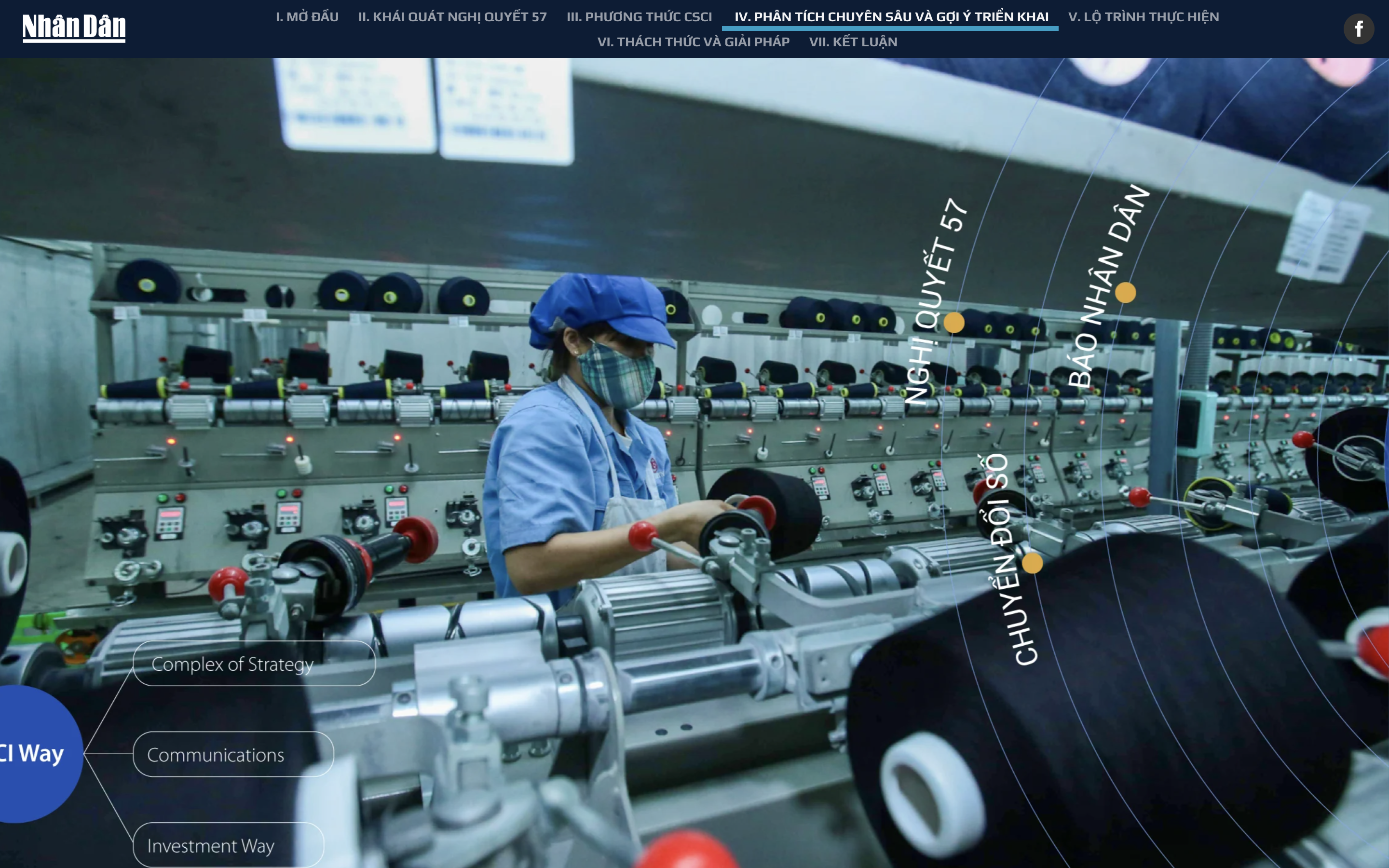

With the CSCI Way spirit, the application of this method to digital conversion projects of state agencies and large enterprises will help consistent thinking and operating model. The "common language" on investment orientation, internal communication and sustainable growth strategy will encourage each elual coordination, no more "gray areas" to contradict the target. This is also the period when Vietnam needs to promote the development of digital infrastructure, expand 5G tests, proceed to 6G, and strengthen security and data safety.
On that basis, the key technological segments mentioned by Resolution 57, such as AI or Big Data, have the opportunity to "root" in production and business activities. The CSCI Way "CSCI Way" model will be the key to connecting, sharing infrastructure and data between participating parties, and creating a premise for the upcoming technical and innovative wave of innovation after 2030.
2. Phase 2030 – 2045 After accumulating experience and optimizing infrastructure, Vietnam enters a breakthrough period by being self-sufficient in core technology, even aiming to “export” digital solutions to the international market. If the 2025 – 2030 period prioritizes creating a legal corridor, building basic capacity and testing mechanisms, the 2030 – 2045 period is the time for each enterprise and each state agency to fully exploit the “data-capital” they have accumulated.

Along with that, we expect a "digital society" to "evolve" in the spirit of CSCI Way will form. In this "digital society", organizations are constantly exchanging knowledge and improving continuous learning capacity, people also have faster access to online public services, digital education and smart health. The establishment of extensive international cooperation, especially in the field of AI, cloud, biological and semiconductor, will strengthen Vietnam's position as a regional technology center.
By 2045, the goal of becoming a developed, high-income country according to Resolution 57 has a chance to become a reality if Vietnam maintains a good “digitalization speed” and continues to improve its elite human resources. At this time, the achievements of the previous stage will be inherited and upgraded, aiming to master the international value chain. Under the CSCI lens, a “root nucleus” of thinking and evolutionary learning mechanisms will help the country cope with unpredictable fluctuations in the global economy, grasp new technological trends, and at the same time grow sustainably and with a rich identity.
Vi. Challenges and solutions- Challenges Digital transformation and innovation in the spirit of Resolution 57 not only require investment in technology but also face many barriers. First of all, the gap in awareness is still quite large among agencies, organizations, and localities, leading to differences in policy implementation and resource prioritization (World Bank, 2023). Digital infrastructure, although there has been progress, is not uniform across the country; many areas still lack broadband connectivity, making the application of AI, IoT or Big Data difficult.
Organizational governance based on a “platform” model – with data and processes converging – is also quite new in Vietnam. Many units are still familiar with the traditional operating model, afraid of “disruption” and not ready for cross-sectoral coordination (Nguyen et al., 2023). In addition, risks related to cybersecurity and personal data protection are increasing as digital transactions and technology applications become more popular. Without a clear legal framework and data governance mechanism, the risk of leaking important information can negatively affect user trust and national reputation (GovTech Singapore, 2022).
- Solution according to CSCI Way To solve the above challenges, CSCI Method (CSCI Way) suggests that it is necessary to first establish a “common language” in thinking and action. Agencies, enterprises, and social organizations need to unify goals, clearly separate rights and responsibilities right from the beginning of the project. Thereby, conflicts of thinking between management, technical and business departments will be minimized, everyone has the same “root nucleus” to work together (Senge, 1990).
Next, develop an “evolutionary learning” mechanism based on the principle of continuously sharing and updating knowledge, organizing seminars, and forums for exchange between disciplines. This is a way to learn from mistakes early, avoid repeating each other’s mistakes, and at the same time promote interdisciplinary creativity (Nguyen et al., 2023).
In the process of digital transformation, the sandbox mechanism and venture capital play the role of “laboratories” for innovation. Allowing piloting of new technologies or business models, with State supervision, helps reduce business hesitation and promote entrepreneurial spirit. To realize this, digital infrastructure needs to be built in a flexible direction, able to “transform” and continuously upgrade to stay ahead of technological trends, as well as adapt to practical needs that change every day.
All of the above solutions, on the one hand, closely follow Resolution 57 on upgrading infrastructure and institutions, on the other hand, emphasize the spirit of CSCI Way: establishing a common core, creating a learning environment for continuous development and strongly encouraging experimental and innovative behavior. The expected result is a healthy innovation ecosystem, where the State, businesses and society work together, share values, and aim for a common goal: making Vietnam a breakthrough in the digital age and reaching the status of a developed, high-income country.
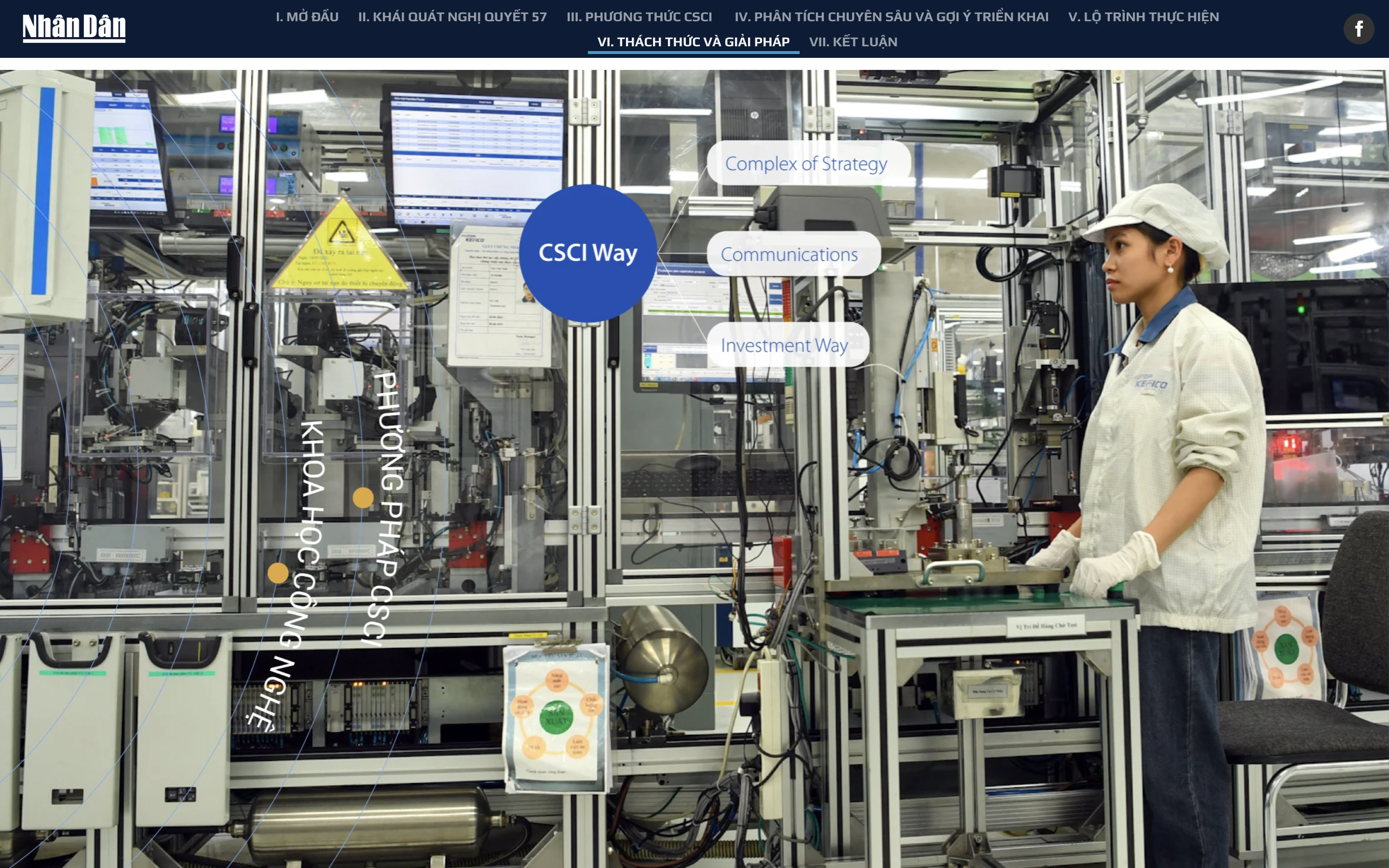
From our perspective, Resolution 57 is an important “compass”, creating motivation for sectors and levels to accelerate the digitalization process, improve competitiveness and strengthen data security and safety.
The CSCI approach appears as an additional “thinking platform” to help realize the goals of Resolution 57.
VII. Conclude
Resolution 57-NQ/TW sets out a clear roadmap for the goal of turning Vietnam into a developed, high-income country, in the context of science, technology, innovation and digital transformation reshaping the socio-economic landscape globally. From our perspective, this is an important “compass”, creating motivation for sectors and levels to accelerate the digitalization process, enhance competitiveness and strengthen data security and safety. Along with that, the CSCI Way appears as an additional “thinking platform”, helping to realize the goals of Resolution 57 in organizations and businesses in a systematic and flexible manner.
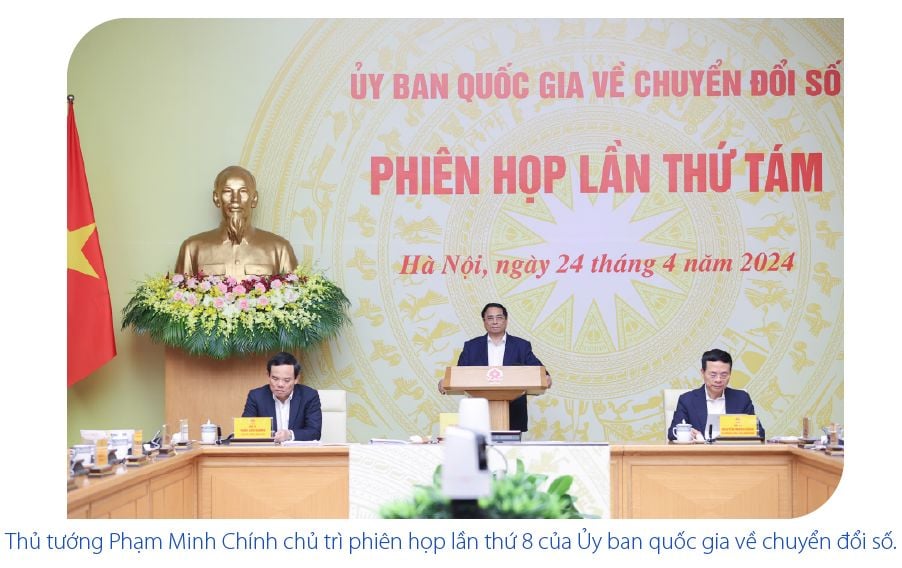
Overall, when CSCI is integrated into practice, all related entities can form a "common language," to avoid conflicts between parts. The mechanism of "evolution" continuously also promotes the learning process, innovation, ensuring long -term sustainability. Instead of just focusing on technology, CSCI Way encourages people to focus on changing management structure, internal processes, building a culture ready to face and learn from challenges.
We believe that in order to reach the destination in 2045 - to become a developed country, high income - Vietnam needs the companion of the entire political system, business and people. The importance of foundation and continuous learning mechanism should not be overlooked. The selection of pointed technology in a strategic way, combined with accelerating numbers in a concentric manner, is the necessary condition for high efficiency in practice.
We also want to emphasize that only when the spirit of Resolution 57 is realized through the CSCI lens, can Vietnam “breakthrough” on the global technology map. This is not the task of the Government alone, but requires the joint efforts of businesses, researchers, and the whole society. Resolution 57 opens up opportunities, and CSCI Way gives us the method to turn opportunities into reality. The door to the future is wide open, and if we know how to move forward together, Vietnam can absolutely write a new miracle in the digital age.
Publication date: January 13, 2024 Content: Dao Trung Thanh, Deputy Director of the Institute of Blockchain Technology and Artificial Intelligence ABAII and Le Nguyen Truong Giang, Director of the Institute of Digital Transformation Strategy DTSI Presented by: Thi Uyen Photos: Duy Linh, Son Tung, VGP
Nhandan.vn


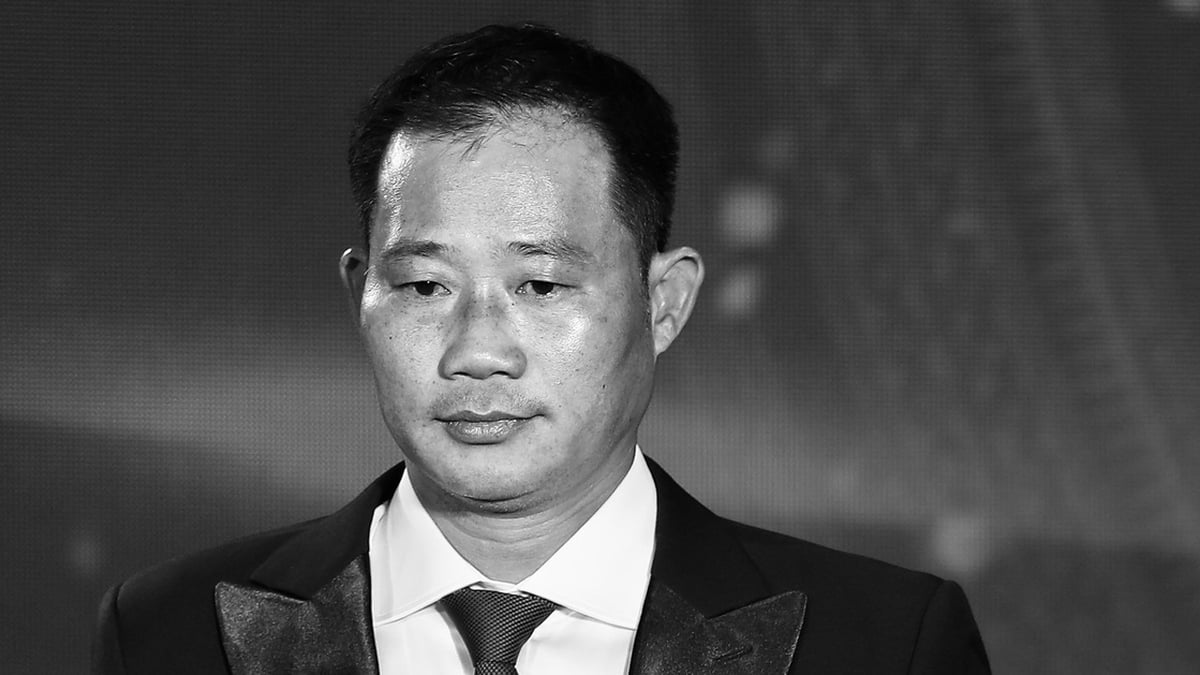
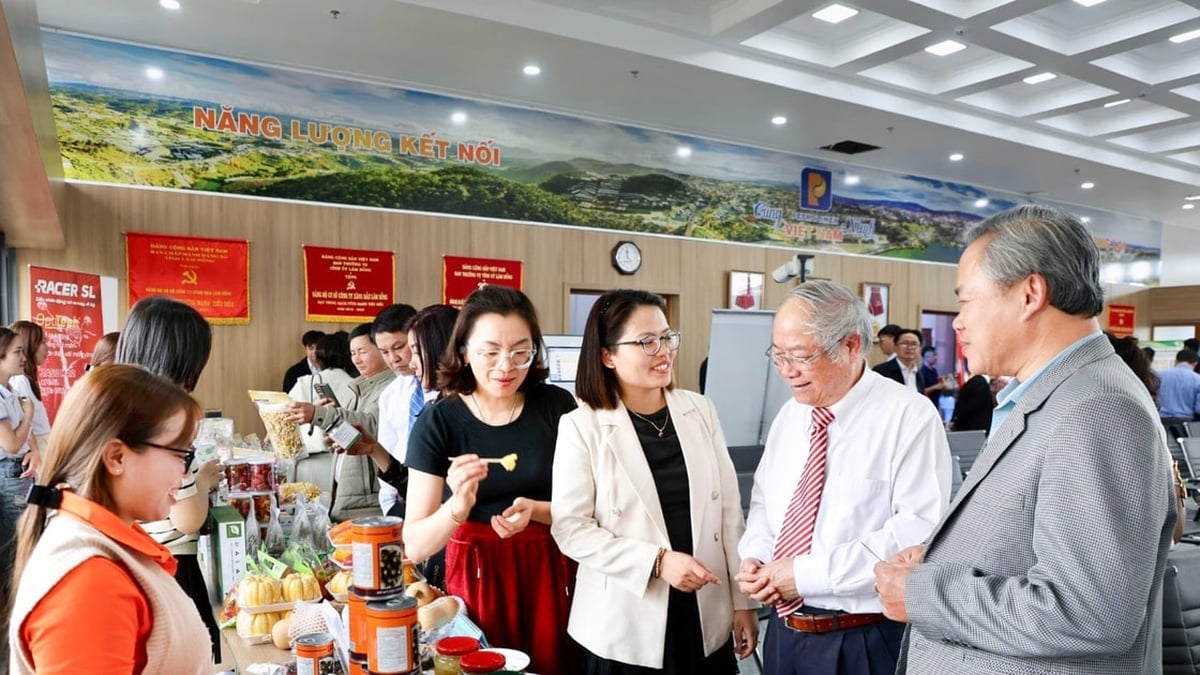


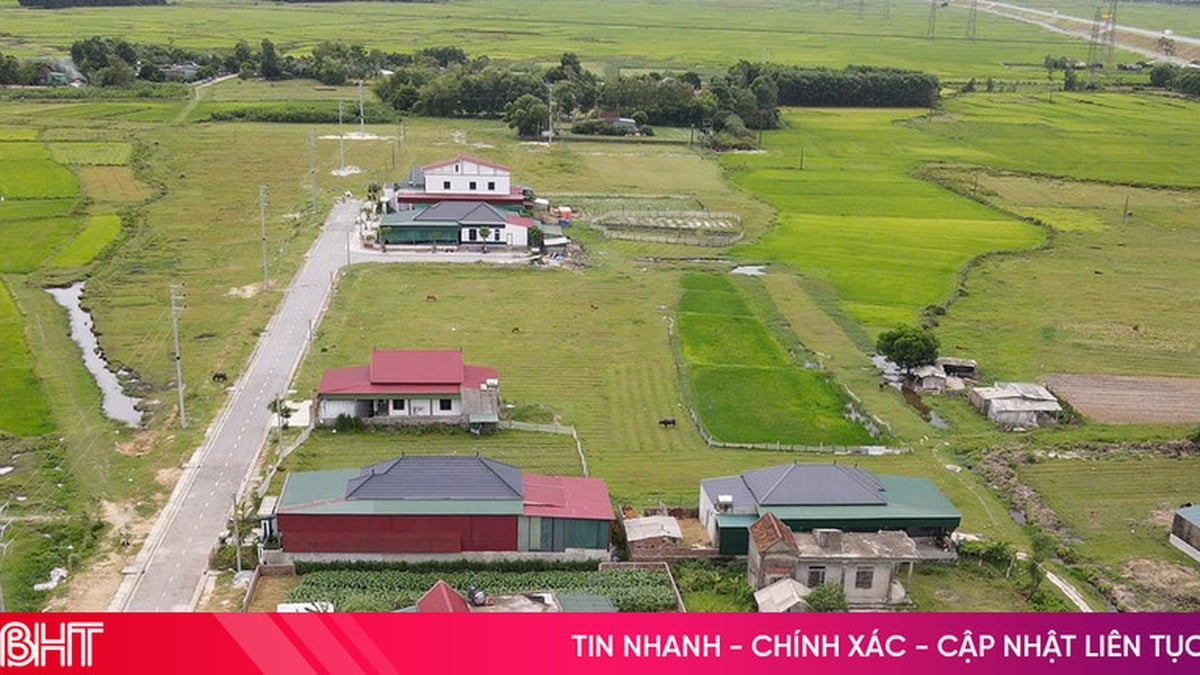























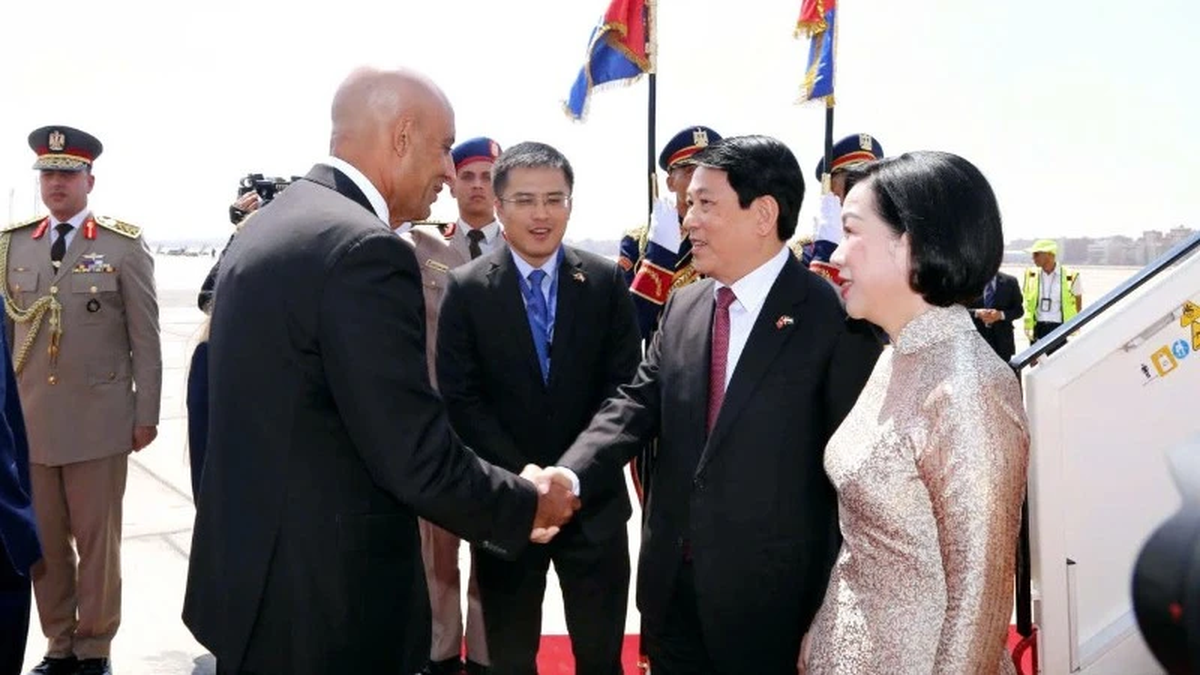

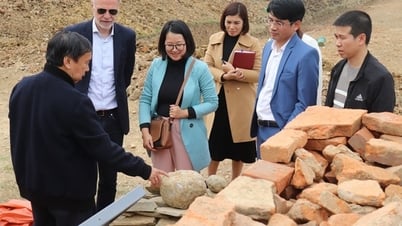





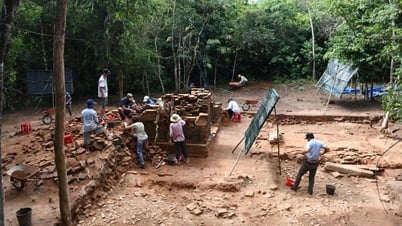
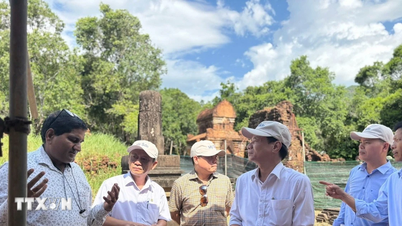






























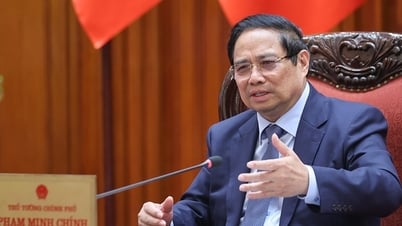


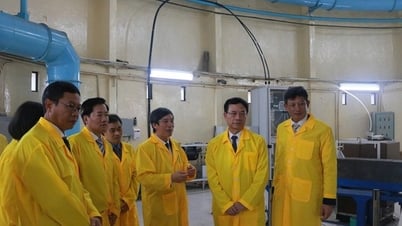

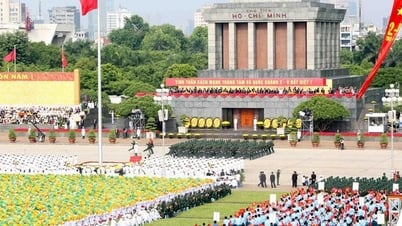
























Comment (0)